During the Second World War, Fruška Gora was a focal point of resistance to the fascist occupiers. Traces of anti-fascist history are inscribed in the area of Fruška Gora, settlements, residents’ memories, museum exhibits and historical reading books. Part of the monuments and famous places, a mark of the antifascist epic, are located along the Partizanski put (Partisan Road) that connects Banstol on the eastern side and Vizić and Neštin on the western side of Fruška Gora. Today, this anti-fascist heritage is not the focus of tourist flows that move along the Patrisan Road towards the most attractive locations of the Fruška Gora National Park. The Insurgent Fruška Gora tourist map therefore aims to present the monuments and other heritage of the National Liberation Struggle (memorial complexes, memorials, burial places and traditions) inscribed in the area around the Partisan Road, and to reaffirm the tradition of anti-fascism, as a legacy that illuminates today, and actualizes its importance for the tourist offer of the Novi Sad area.
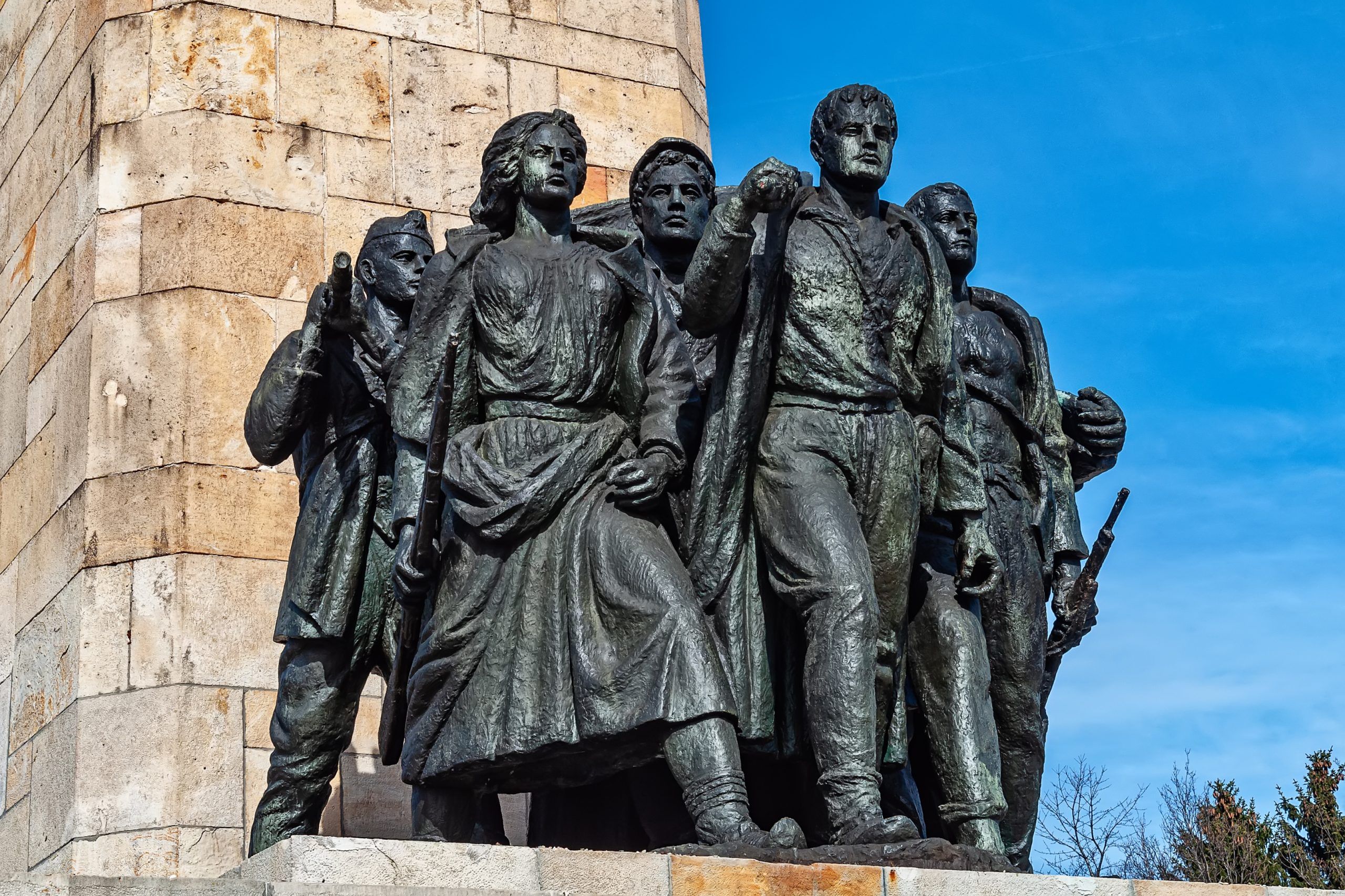
Insurgent and freedom-fighting Fruška Gora (1941-1945)
The Second World War on the territory of the Kingdom of Yugoslavia began with its collapse in April 1941 and then with its dismemberment. Srem was part of the fascist, Quisling Independent State of Croatia. Already in the autumn of the same year, the first partisan units were formed on Fruška Gora: first the Fruška Gora, and then the Danube Partisan Detachment, which channeled the people’s armed struggle against the fascists – the Ustashas and the Germans. In the summer, the partisans of Srem successfully organized the collection of grain for the needs of the people and partisan fighters, and in the fall of 1942, they created a free territory on Fruška Gora that “included over 40 inhabited places.”
During the great offensive of the Germans and Ustashas in 1942, 1943 and 1944, the Serbian population, Jews, Roma and anti-fascists of all nationalities suffered massively. The heritage of the Serbian people suffered, including entire settlements and the monasteries of Fruška Gora. Ledinci, Rakovac, Bešenovski Prnjavor, Grgeteg, Velika Remeta, Pribina Glava and Đipša were burned and displaced. The armed clashes of the partisans against the fascists continued during 1943 and 1944, and after the liberation of Belgrade, units of the People’s Liberation Army of Yugoslavia and the Red Army, after the breakthrough of the Srem front in April 1945, liberated Srem and Fruška Gora.
In the 1960s, Fruška Gora was declared an area of special importance for the National Liberation Struggle (NLS) in Vojvodina, when the Fund for marking all places significant for that era was established, an idea competition was announced, and according to the winning proposal of the architect Milorad Berbakov, most of the spatial entities and buildings on Fruška Gora were rearranged.
Lighthouses of freedom
A symbol of the anti-fascist struggle
The Freedom Monument on Iriški Venac is the most monumental symbol of the National Liberation Struggle on Fruška Gora. This work by the sculptor Sreten Stojanović was shown to the audience on the Day of the Uprising of the People of Serbia on July 7, 1951. The spatial solution, then the figure of a woman on top of the obelisk and the tight group of partisans on the first level, and the scenes of struggle and suffering of the people given on the friezes are clear descriptions of the conquest of freedom. The Freedom Monument is a representative example of the memorialization of World War II through the glorification of the sacrifices made by civilians, men and women in the partisan ranks. At the same time, it is an affirmation of the ideas of resistance to fascism, people’s revolution and freedom on the way to creating and nurturing the anti-fascist tradition.
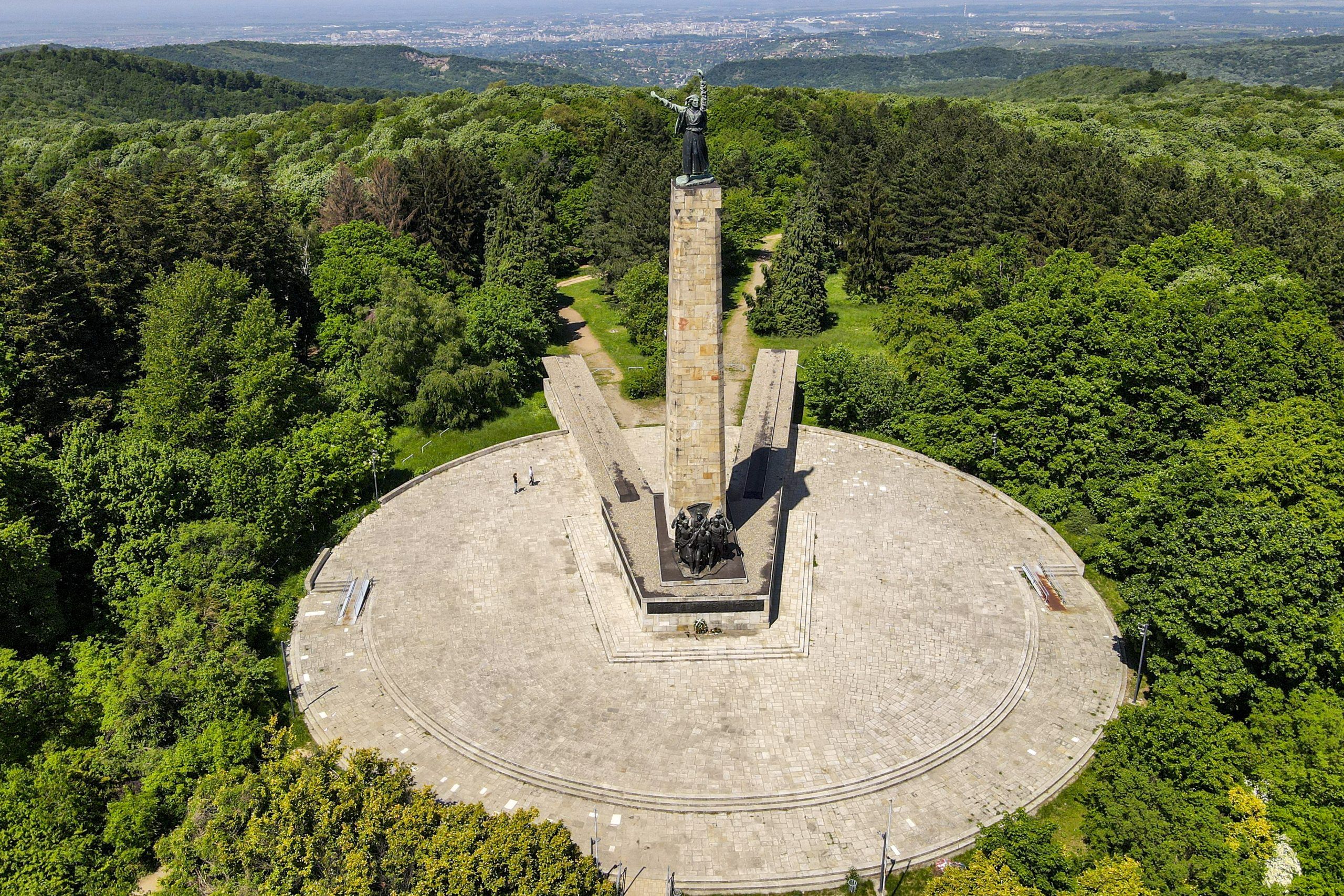
Rohalj Bases memorial
Until the Second World War, the village of Stari Divoš was located there, where about twenty Ruthenian families lived, and after the surname of one of them, in whose house the partisans stayed, the area was called Rohalj Bases (Rohalj baze). Already in the fall of 1941, there was a safe space here for partisan fighters and the people of Fruška Gora. There were grain depots, a bakery, a slaughterhouse, workshops for the repair of weapons and tools, a base for the recovery of wounded and combatants, and occasionally the headquarters of the National Liberation Partisan Detachment Headquarters of Srem. Transports for the supply of Vojvodina partisan units that crossed over to Bosnia left from here. In 1942, 1943 and 1944, during the fascist offensive against the partisan fighters and the people, the area of the Rohalj bases was the site of fierce battles. Nearby, at Šućak’s Spring, there is a Memorial Fountain dedicated to the 2nd Company of the Fruška Gora Partisan Detachment, whose area of operation it was. In 1942, the 5th company of the Fruška Gora Partisan Detachment was founded here. The planning of the space was started in the seventies of the last century. According to the project of the architect Milorad Berbakov, the found graves of partisan fighters were protected, an amphitheater was built, Rohalj’s house was reconstructed, where an appropriate exhibition was placed and an access road was built.
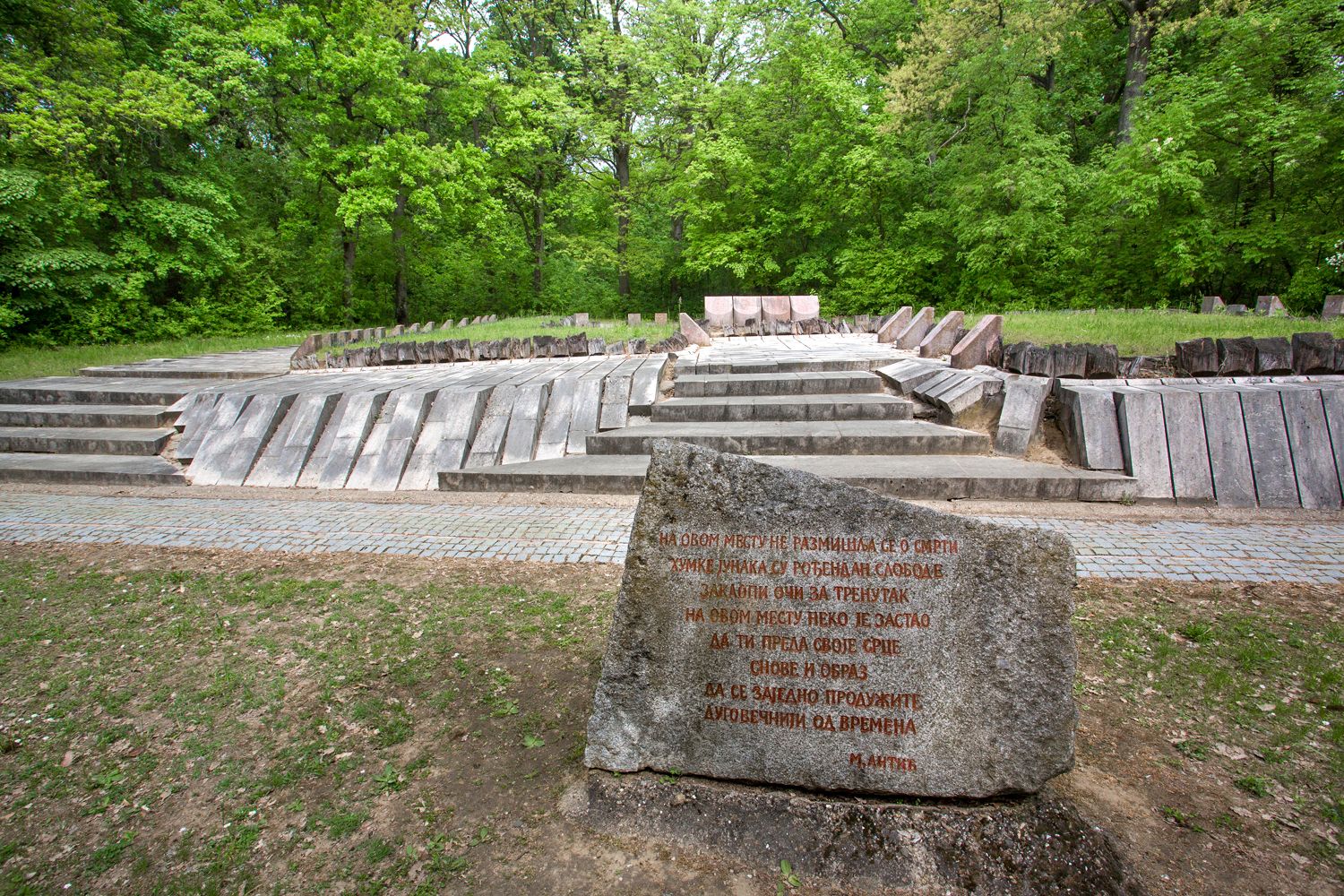
From Hajdučki Breg to Letenka
At the Letenka excursion site, today the Nature School of the Provincial Institute for Sports and Sports Medicine is located in the former Letenka Youth Village built in 1975. It is a protected nature area within the Fruška Gora National Park. At the same time, the Provincial Institute for the Protection of Cultural Monuments placed buildings, monuments and graves in and around Letenka under preliminary protection. The grave of Spasenija Ignjatović and Maksa Perišin next to the Partisan Road and the Monument dedicated to the Fruška Gora Partisan Detachment on the Hajdučki Breg trail in the immediate vicinity belong to this corpus.
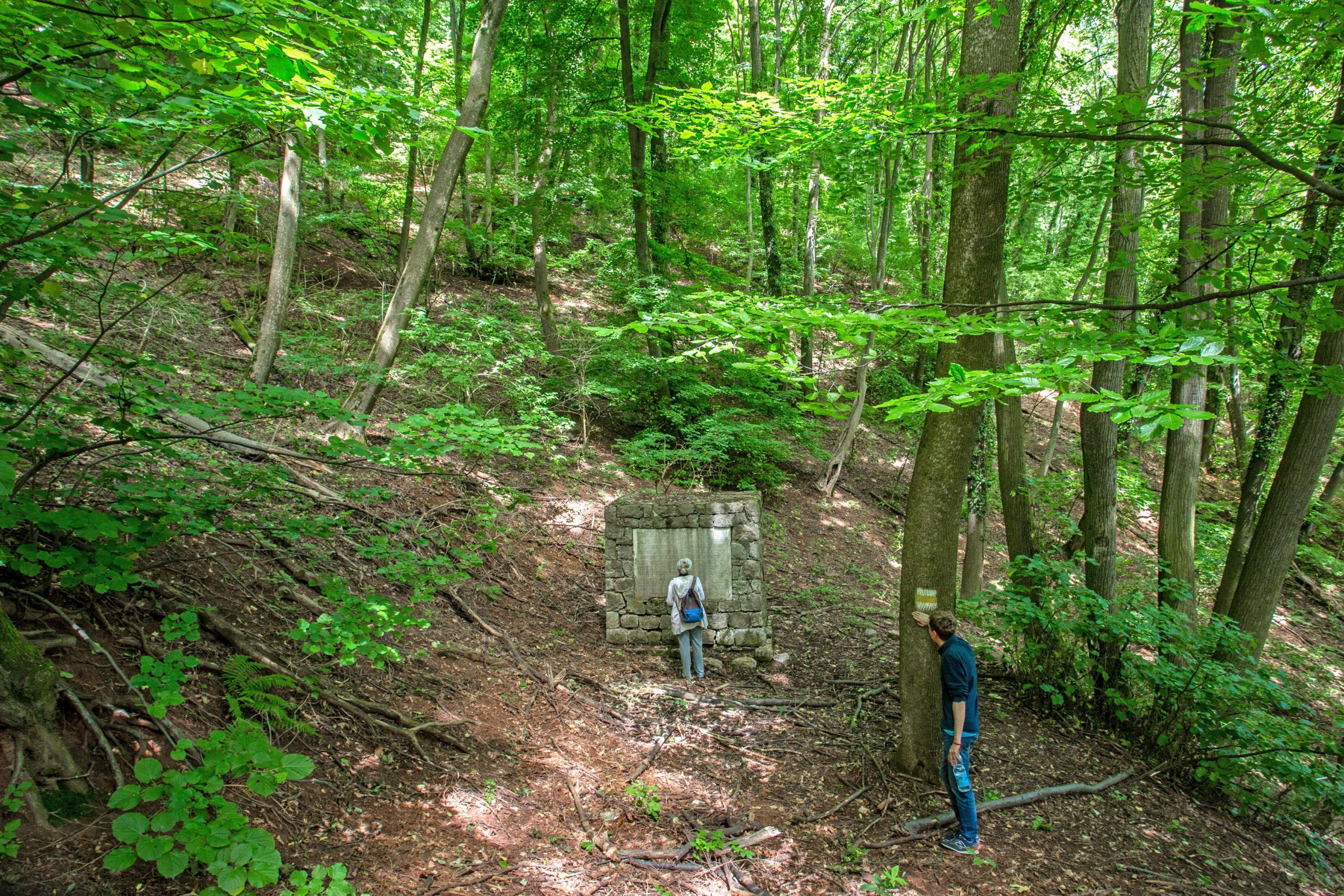
Jabuka Memorial Complex
The Jabuka Memorial Complex – “the beacon and flower of freedom of the insurgent Vojvodina” was during World War II the gathering place of the first partisans and activities of the Fruška Gora Partisan Detachment and the place where the 8th Vojvodina People’s Liberation Strike Brigade was founded in 1943. At that time, the wider area of Jabuka was most often a free territory, a safe space for people’s escapees, but also May Day celebrations, a Partisan hospital and occasionally the headquarters of the National Liberation Partisan Detachment Headquarters of Srem, and the place where the Partisan cemetery was located. According to the project of the architect Milorad Berbakov, the space was decorated in 1974.
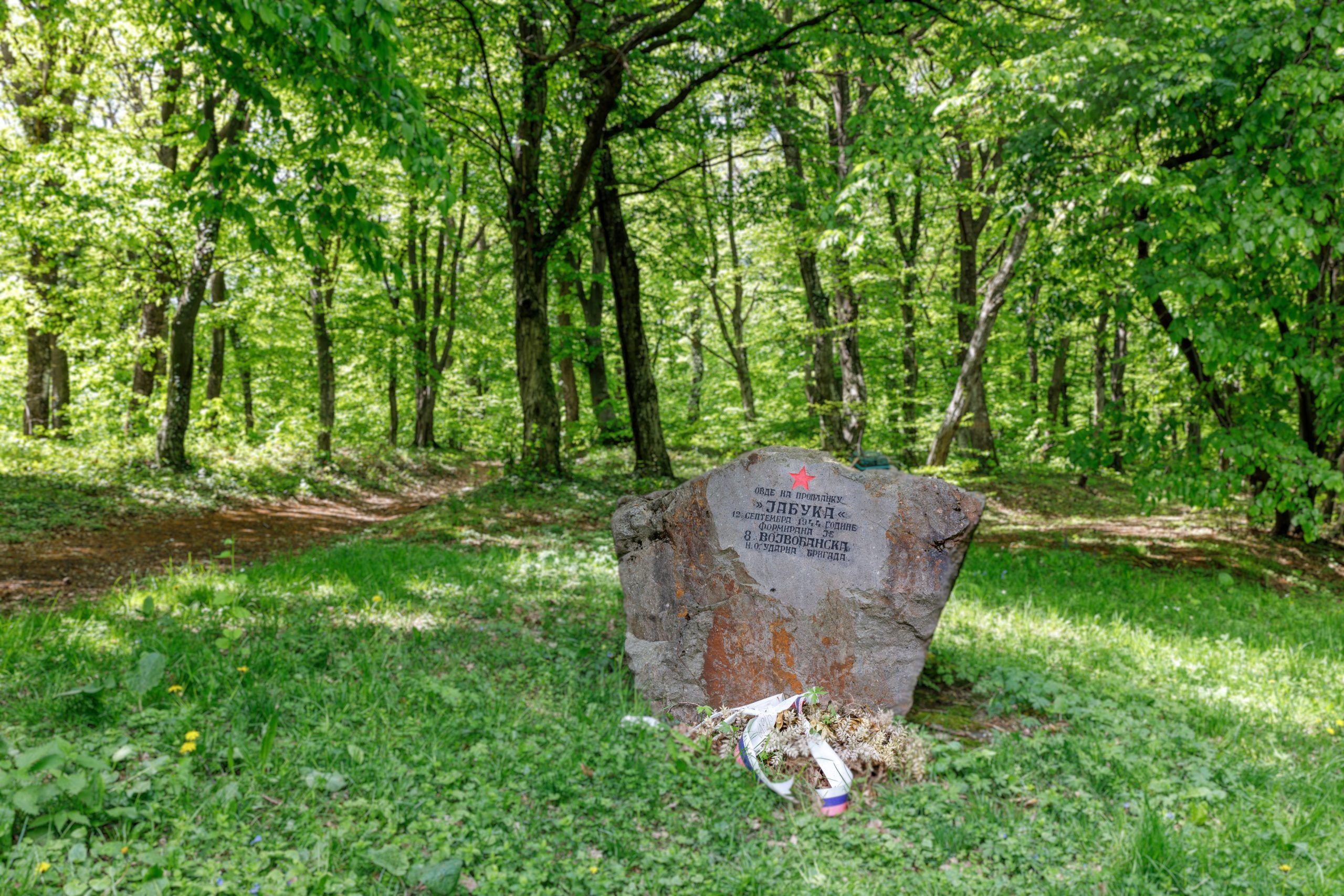
Rakovac epic
The NLS monuments in the small village of Fruška Gora, Rakovac, are a paradigm of the armed struggle against the Ustashas and the Germans and the suffering of the people during the retribution of the fascists. The Quarry Memorial was erected at the place where “the inhabitants of Rakovac and the workers of the Quarry divided into two fighting tens” took the Partisan oath in September 1941. The text of the same is written inside the monument, and the names of the fallen partisan fighters are arranged on one board, as well as the names of the killed residents of Rakovica on two boards, right next to the central monument, testify to the extent of the people’s suffering. Concrete verticals are erected in front, which aim for height, symbolizing the ever-present aspiration for freedom.

In the place is the Stručica Monument, the work of architect Mirko Krstonošić, which marks the place where Đorđe Marković and Veljko Paunović, the commander and commissar of the Headquarters of the People’s Liberation Partisan Detachments of Srem, were killed in August 1942, as well as the partisan fighter and courier, Zencel Hunjadi.
A line about a heroine and a hero
The life and death struggle against the Ustashas and the Germans kept many heroes and heroines in the national memory, among them Radinka Vitasović Lepinjica (1924-1943) and Boško Palkovljević Pinki (1920-1942). Radinka Vitasović, a modest girl from Laćark, became a nurse in July 1942, and then a partisan with a rifle in the Fruška Gora Partisan Detachment. During the fight with the Germans near Neštin, she was seriously wounded, and she died on the way to Široki dol, where the partisan hospital was located. Radinka’s brothers Trivun, Ranko and Stevo also perished during the People’s Liberation War, yet the death of the nineteen-year-old partisan girl left an indisputable mark in the memories of the people and in the poetry inspired by the partisan struggle, as confirmed by Bogdan Čiplić’s poem Na Širokom dolu: … Under a common pear tree on Široki dol, a company of partisans from Srem gathered. The excavated hole opened its wing. A fighter-Lepinjica died of wounds…
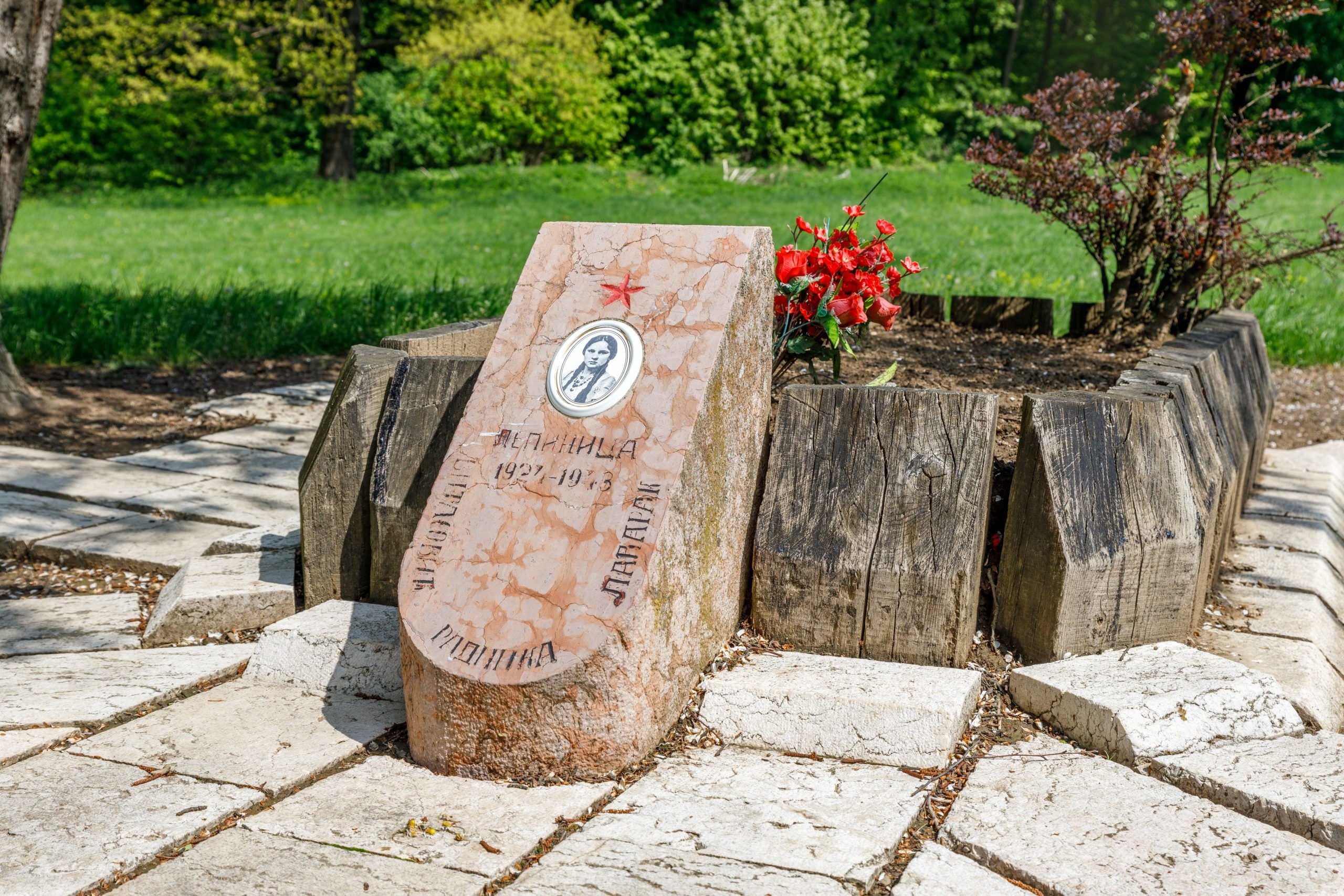
During the twenty-two years of his life, Boško Palkovljević managed to be a member of the District Committee of the Union of Communist Youth of Yugoslavia, one of the first partisans on Fruška Gora, the deputy commander of the Fruška Gora Partisan Detachment, the one who, along with several older communists, successfully accepted the communists who escaped from Mitrovica prison in 1941, the only one who accepted the task and managed to establish contact in January 1942 with the Supreme Headquarters of the National Liberation Struggle and Partisan Detachments of Yugoslavia in Bosnia. However, these stringed data offered by historiography do not tell how much he was a giant-hero in popular lore and memory, the one who performed miracles with feats such as blowing up a railway composition and a bridge or in direct conflict with the fascists. His death in the vicinity of Široke Ledine in 1942 was a bravery and a sacrifice that he willingly made while protecting the people. The death of a freedom fighter is never final, because the dream of freedom lives on in his actions. He was declared a national hero in 1943, and his remains were transferred to the Memorial Cemetery in Sremska Mitrovica. There is a memorial near Široke Ledine at the place of his death.
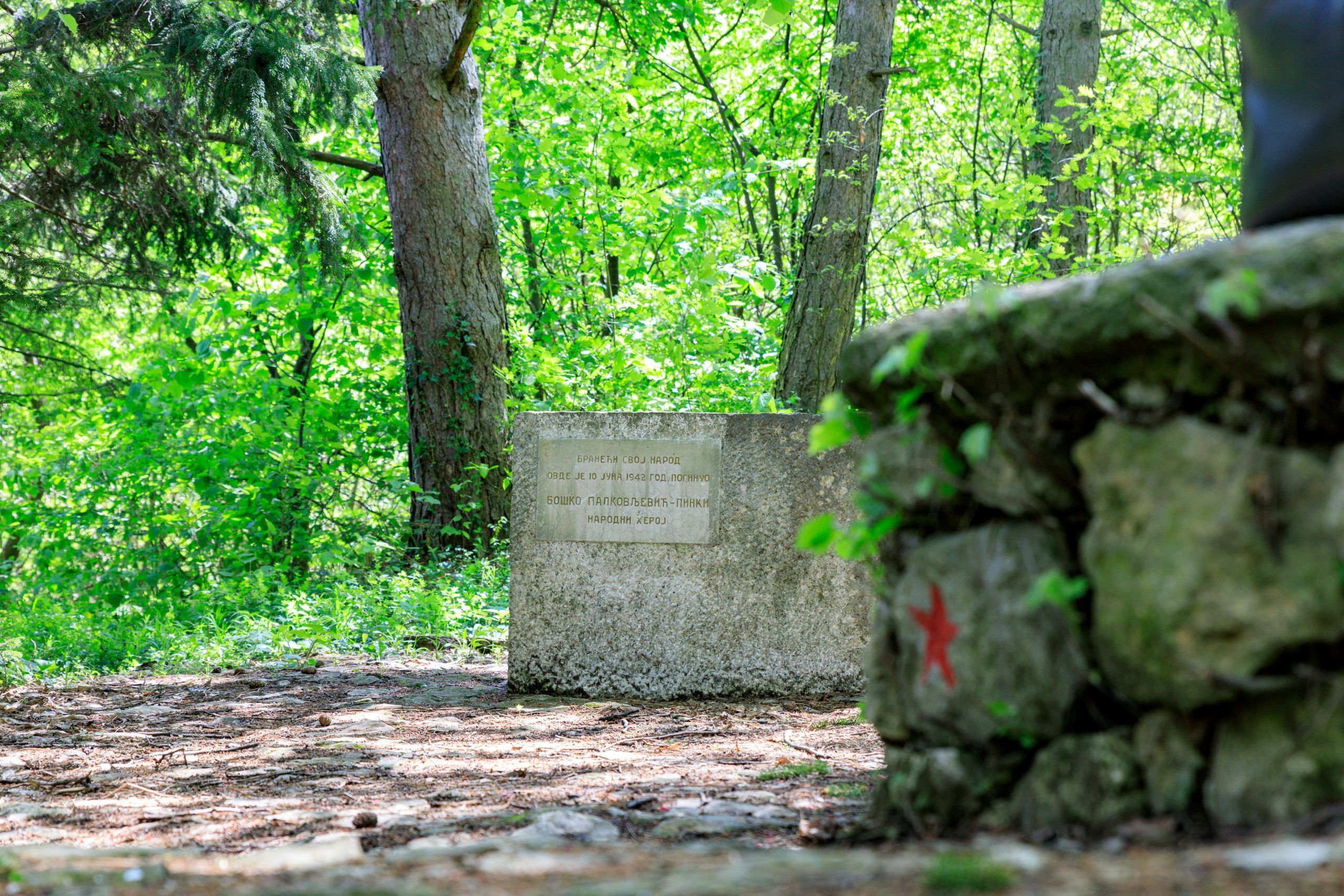
Text: Gordana Stojaković
Main literature:
Duško, M. Kovačević. History of Fruška Gora in the Second World War in: Fruška Gora ed. Nebojsa Jovanovic. 207-217. Belgrade: Institute for Textbooks, 2007
Maček, Jovan. Monuments of the Vojvodina Revolution. Novi Sad: Provincial Institute for the Protection of Cultural Monuments of Vojvodina, 1987
The list of memorial complexes and memorials of NOB in the wider area of Partisan Road was taken from the Spatial Plan of the Special Purpose Area of Fruška Gora (draft), PC of the Urban Planning Institute of Vojvodina Novi Sad, 2018